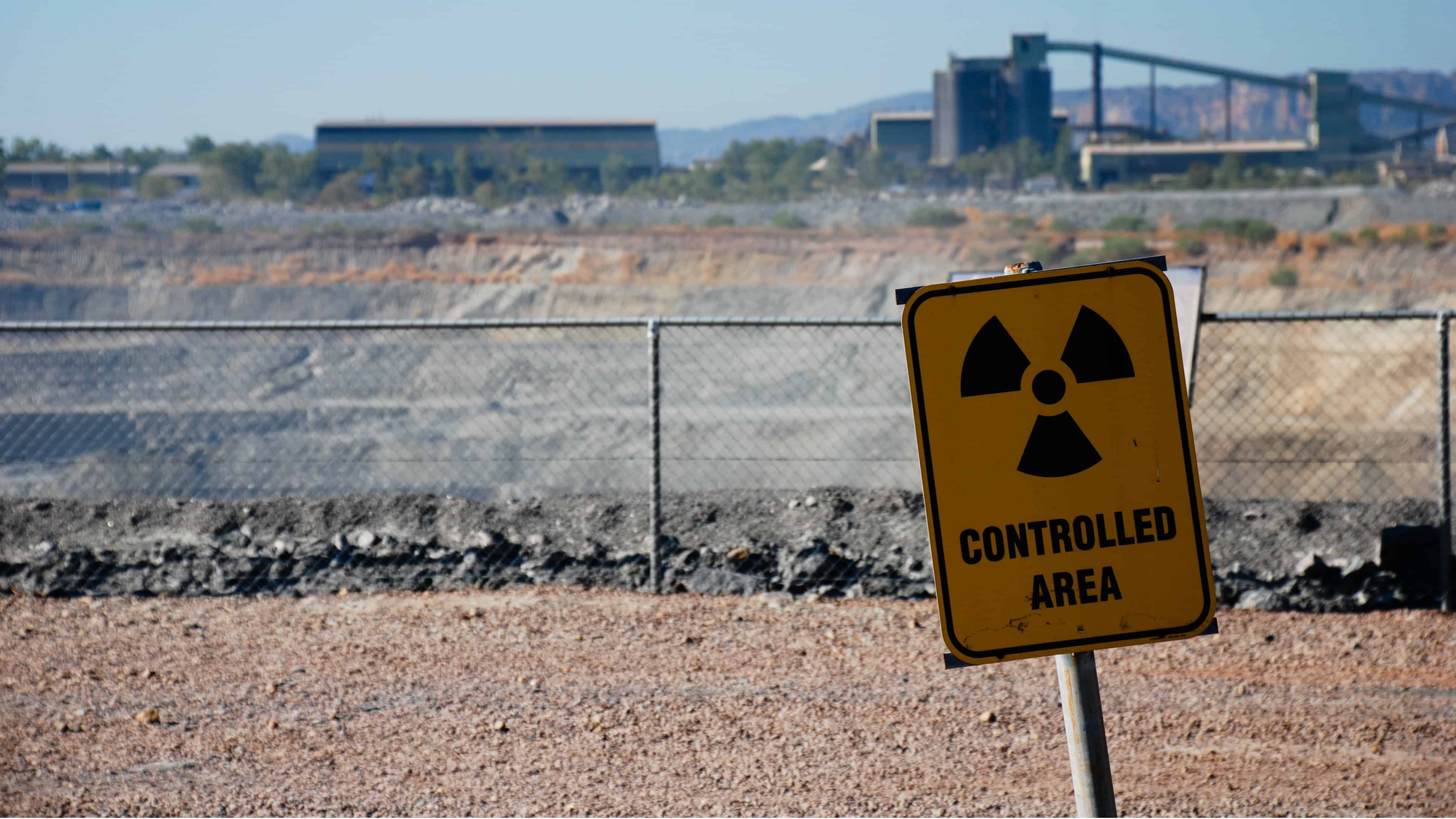An investment in Cameco (TSX:CCO)(NYSE:CCJ) involves both the best and worst parts of investing.
On the one hand, the incredible grit that the company has shown in persevering over the incredible drop in uranium prices that has persisted for nearly a decade is admirable. While other competitors have fumbled and struggled to break even, it was only earlier this year that Cameco finally decided to slash its dividend to rein in costs.
Additionally, Cameco’s harsh but necessary cuts to production as well as its own cost-cutting initiatives have shown modest success to the bottom line, and experts are in consensus that a recovery of uranium prices, fed by a growing demand for nuclear power in developing economies, is well overdue.
Then again, the perennial recovery that everyone expects from the uranium market following the crash in prices brought on by the Fukushima disaster nearly a decade ago seems like a lifetime away. Additionally, the increasing awareness and demand for clean and renewable energy sources can both help and hinder potential investors considering Cameco.
So, where do investors stand? Let’s look at a case for buying, selling, or holding Cameco.
Who should buy Cameco
Investors thinking about purchasing Cameco should consider some key points.
First, there is a growing demand for nuclear power around the world, particularly in the developing economies of Asia that are experiencing an infrastructure boom. Additionally, an often-neglected point is that countries that already have a variety of nuclear reactors will continue to buy uranium and look to upgrade their facilities as they reach the end of life.
As of last month, there are 50 reactors under construction around the world in 13 countries. An additional 150 reactors are either on order or planned to be built.
Second, Cameco’s deep production cuts will eat into the current supply glut and provide upward pressure on the market price. By doing this, Cameco is addressing both the supply glut and the market price. To put this into context, Cameco can fulfill its existing contracts through its existing supply. Cameco could, in theory, branch out and purchase additional uranium on the market to fulfill orders if needed and then sell the uranium at its higher contracted price.
Who should sell Cameco
Unfortunately, it’s not all positive, as there could be some significant headwinds thrown into the mix that might be too much risk for some investors.
Take Cameco’s contracts for instance.
Cameco’s contracts are not unlike the PPA agreements that regulated utilities are subject to. In short, there is an agreed-upon rate that is charged, and a duration for the contract to remain in force for, which can span upwards of a decade.
The duration is an important point to note here, as the Fukushima disaster and the subsequent drop in prices occurred following that event in 2011. To put it another way, the pre-disaster contracts are likely coming towards maturity over the next 18 months, which could spell a major drop-off in revenue for Cameco if prices don’t recover by then.
Another point worth mentioning is that despite the current sentiment around Cameco, the stock is up over 10% year to date, which could signal an appropriate exit opportunity for investors that bought on the low and want to look elsewhere.
What should you do?
I’ve always been optimistic about Cameco’s growth prospects, especially considering that a recovery is growing ever more likely within the next year, and that position hasn’t changed. What has changed, however, is that the market has an ample number of opportunities for both growth and income-seeking investors to capitalize on, and Cameco no longer offers that impressive dividend to offset some of that risk.
In short, unless you’re a long-time investor that is committed to the uranium market recovery and can tolerate the risk from holding the stock until the uranium market improves, it may be best to bypass Cameco in lieu of any number of better investment opportunities.







